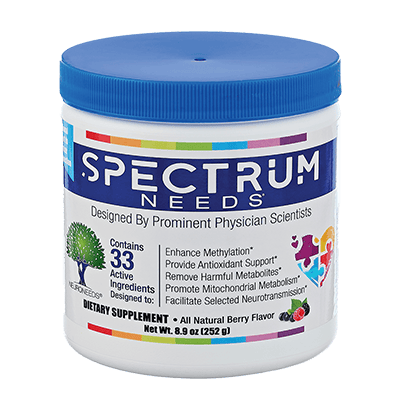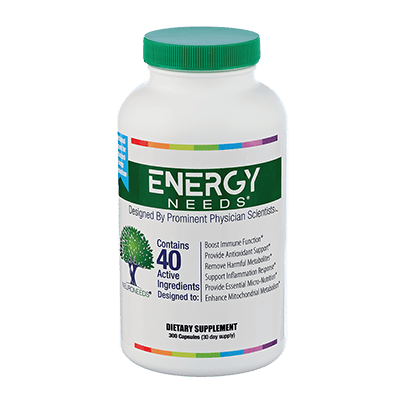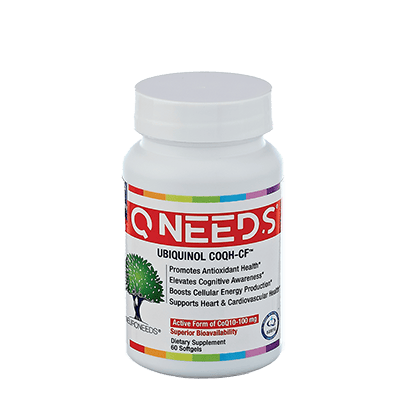By: Richard E. Frye, M.D., Ph.D., Phoenix Children’s Hospital and University of Arizona College of Medicine, Published February 10, 2020

Children with autism spectrum disorder (ASD) manifest many medical conditions that can greatly affect their lives. Epilepsy is defined by having two or more unprovoked seizures, specifically having seizures without an obvious cause. Epilepsy is fairly common in childhood, affecting about 2% of children. For many children epilepsy resolves in a short time, usually within 2 years. However, some children develop epilepsy that cannot be controlled. This type of epilepsy is called refractory or drug-resistant epilepsy and is more common in individuals with ASD. Epilepsy is one of the most common neurological conditions that effect children with ASD and may affect up to one-third or more of individuals with ASD.
Some individuals with ASD develop seizures in childhood, some at puberty, and some in adulthood. One of the most concerning findings from recent studies is that the risk of new onset seizure remains high into adulthood and that seizures may be the leading cause of mortality in adults with ASD. Research studies suggest that individuals with ASD and intellectual disabilities, genetic abnormalities and/or brain malformations have a high risk for developing seizures and epilepsy.
Children with ASD can have subtle symptoms of having seizures and it can be very difficult to differentiate seizures from repetitive behaviors commonly associated with ASD. Staring episodes, motor tics and stereotyped movements can look like seizures in individuals with ASD. When it is unclear, an extended overnight electroencephalogram (brain wave test) can be very helpful to capture the behavior and make an accurate diagnosis.
Many individuals with ASD have abnormal brain waves on an electroencephalogram but do not have seizures or epilepsy. When these abnormal brain waves look seizures-like, they are called subclinical electrical discharges. These subclinical electrical discharges are different from specific epileptic syndromes like Landau-Kleffner Syndrome and Continuous Spike-wave Activity during Slow-wave Sleep characterized by true electrographic seizures. These specific syndromes are rare in ASD. Preliminary studies suggest that cognition and behavior can improve in some children with subclinical electrical discharges when treated with anti-epileptic drug (AED) treatment; however, the evidence to support this idea is very limited.
Most prominent treatable cause of epilepsy in individuals with ASD is metabolic syndromes while the most likely non-treatable cause is genetic disorders. Thus, every child with ASD and epilepsy should have a comprehensive medical workup for known medical disorders associated with ASD and epilepsy including genetic and metabolic disorders. Microdeletion and microduplication syndromes, along with Tuberous sclerosis complex and Fragile X, Rett, Angelman, Prader–Willi, Velocardiofacial and Smith-Lemli-Opitz syndromes are common genetic syndrome associated with both ASD and epilepsy. For metabolic disorders, mitochondrial and cerebral folate metabolism disorders are most common but rare metabolic disorders including Succinic Semialdehyde Dehydrogenase Deficiency, Adenylosuccinate lyase deficiency, Creatine Metabolism Disorder, Phenylketonuria, Pyridoxine dependent and responsive seizures, and Urea Cycle Disorders can also cause epilepsy and ASD.
Epilepsy is important to treat with proven therapies because a person with epilepsy is at risk of having a prolong seizures which can be fatal. Thus, it is important for anyone with epilepsy to take his or her AEDs as prescribed. Several non-AED treatments, such as the ketogenic diet, can help control seizures and treatment for any identified genetic and metabolic syndrome can improve seizure control. However, most of the time AEDs are needed in addition to non-AED treatments in order to control seizures adequately. Most importantly, individuals with epilepsy, especially those with frequent or prolonged seizures, should have an emergency medication readily available to stop any prolonged seizure.
Websites with important information about seizures and epilepsy
- The Epilepsy Foundation of America: www.epilepsyfoundation.org
- American Epilepsy Outreach Foundation: www.epilepsyoutreach.org
- Autism Research Institute: www.autism.com
- Autism Speaks: www.autismspeaks.org
The Content within this article and NeuroNews Blog is not intended to be a substitute for professional medical advice, diagnosis, or treatment. Always seek the advice of your physician or other qualified health provider with any questions you may have regarding a medical condition. Never disregard professional medical advice or delay in seeking it because of something you have read on this Blog.








